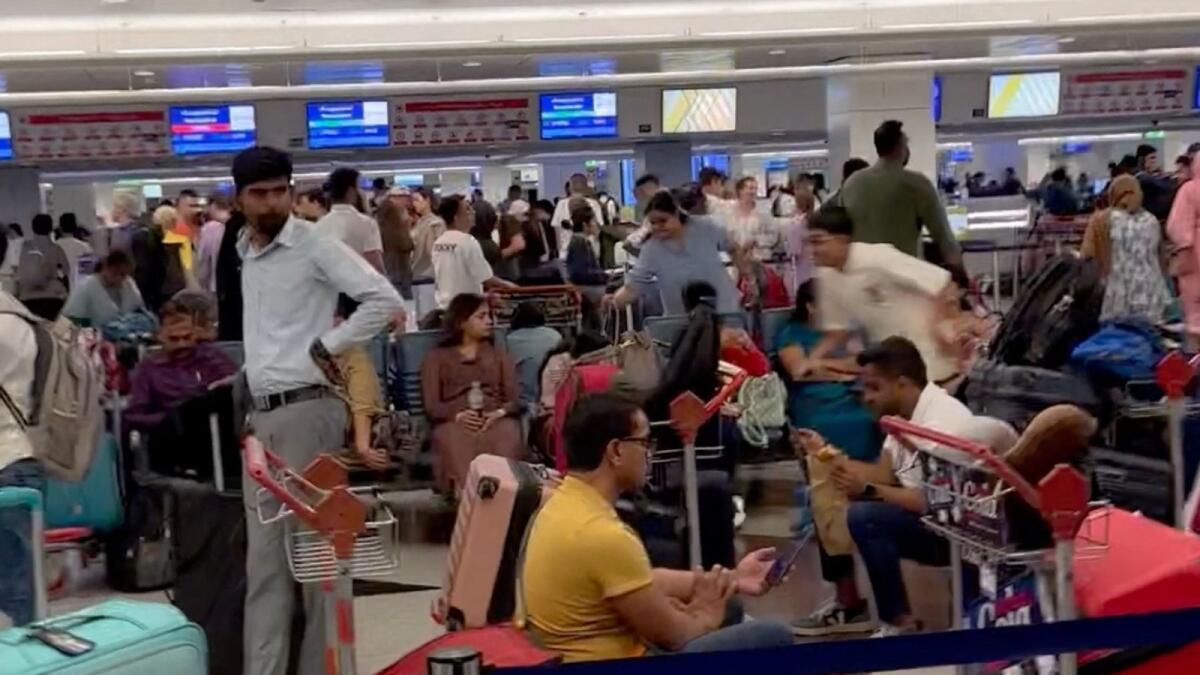The recent massive IT outage that caused havoc on computer systems worldwide was not a cyberattack, but the impact was felt on a global scale. The glitch was caused by a defect found in a single content update for Microsoft Windows, specifically the Falcon Sensor by US-based cybersecurity technology firm CrowdStrike. Systems automatically shut down or restarted, displaying the blue screen of death. However, CrowdStrike CEO George Kurtz assured the public that it was not a security incident or cyberattack, and a fix has been deployed.
The situation escalated to affecting air travel, with airports and major airlines worldwide reporting delays and cancellations. Bank transactions, hospital services, and financial markets were also disrupted. In the UAE, online services by the government were affected, and Dubai International Airport operations were temporarily impacted. Despite the technical failure, no hacks or cyberattacks were detected in the UAE. The General Civil Aviation Authority confirmed minor delays in check-in processes but assured the public that operations were minimally impacted.
Dubai-based IT expert Rayad Kamal Ayub highlighted the need for governments and multinationals to review their cybersecurity vulnerabilities. He emphasized the importance of having backup options in case of future security breaches. Irene Corpuz from Women in Cybersecurity Middle East suggested that CrowdStrike might be called to explain the situation to the US Senate. The reliance on one company for cybersecurity requirements was a concern, as businesses and individuals felt the impact of the outage.
Looking ahead, cybersecurity experts will need to analyze the incident to determine if it was a cyberattack or a deployment blunder. The patch management policy used before deploying updates to live environments will be under scrutiny. As highlighted by Ayub, the irony of the situation is that the cybersecurity protector ended up compromising systems. The incident serves as a wakeup call for the industry to prioritize cybersecurity and have contingency plans in place to mitigate any future risks. Developments in cybersecurity protocols and strategies will likely be examined and enhanced to prevent similar disruptions in the future.










